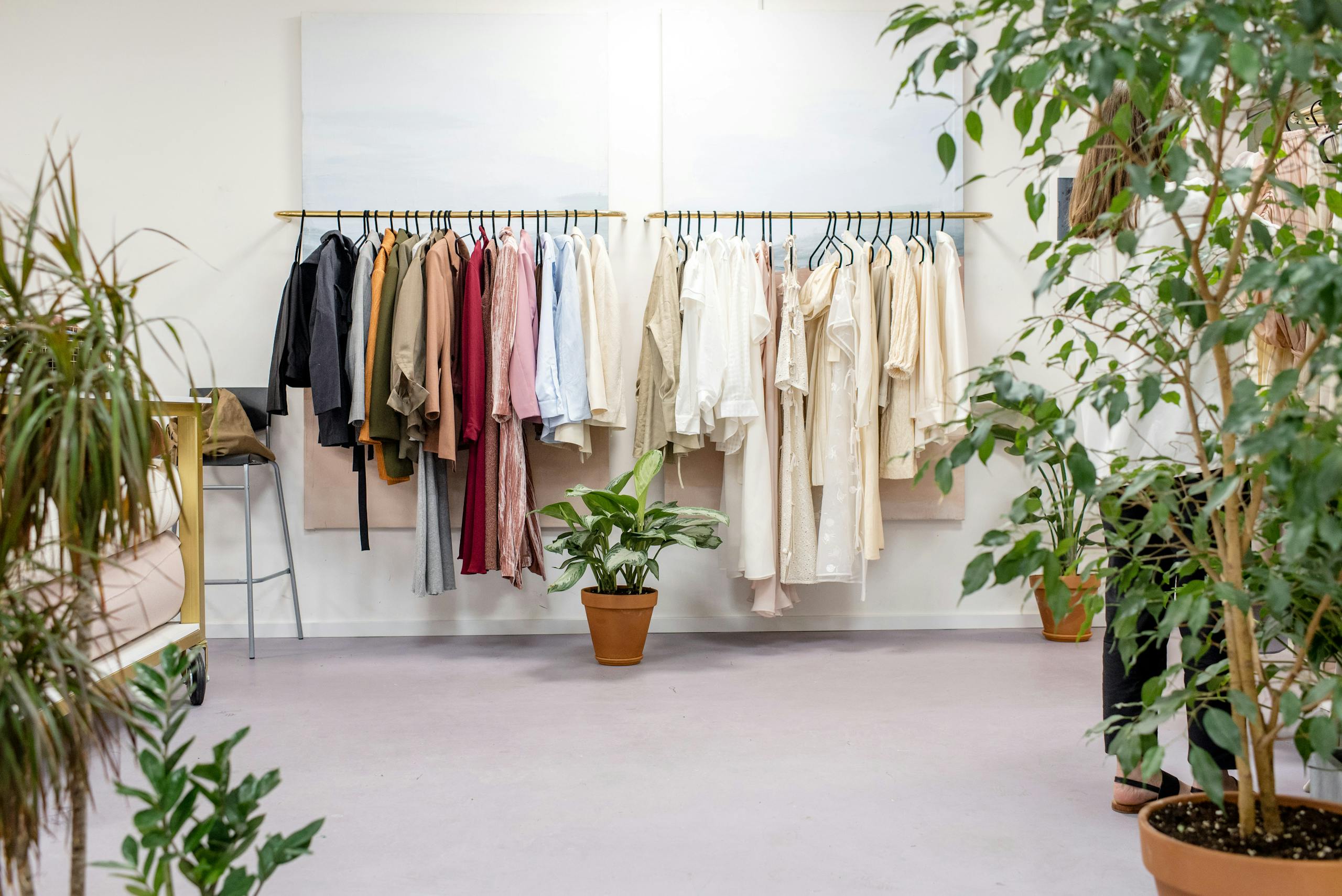The Difference Between Fast Fashion and Sustainable Fashion: What Should You Choose? 🌿👚
In today’s world of ever-changing trends, fashion has become more than just what we wear — it’s about how we express ourselves, support the planet, and stand by our values. But with terms like “fast fashion” and “sustainable fashion” thrown around everywhere from social media to store ads, it can be hard to understand what they really mean. Should you go for that trendy Zara jacket or invest in a slow-made, eco-friendly coat from a local artisan? 🤔
This blog is your full guide to understanding the key differences between fast fashion and sustainable fashion. We’ll break down how each works, what impact they have on the environment and society, and help you decide what’s best for you — and the planet. Whether you’re a fashion lover, a conscious consumer, or someone who’s just curious, this article will give you the insights you need to make smart, stylish, and sustainable choices. 🌍💚
So grab your matcha latte, sit back, and let’s dive into the stylish world of ethical decision-making! 👗♻️
What is Fast Fashion?
Fast fashion refers to inexpensive, trendy clothing that quickly moves from the catwalk to stores. Retail giants like Zara, H&M, and SHEIN are known for producing new collections weekly, encouraging consumers to buy more and wear less.
These clothes are usually made with cheap materials and labor, resulting in lower prices but at a higher environmental and social cost. Think polyester dresses, $10 jeans, and rapidly shifting collections that rarely last more than one season.
The problem? Fast fashion often leads to overproduction, waste, and exploitative labor practices in developing countries. Many fast fashion garments end up in landfills after only a few wears.
What is Sustainable Fashion?
Sustainable fashion (also known as slow fashion) is about creating clothing in ways that are environmentally friendly, socially ethical, and economically viable. Brands that practice sustainable fashion focus on quality over quantity, using eco-friendly materials, fair labor practices, and local production.
This approach includes buying fewer clothes, investing in timeless pieces, repairing garments, and supporting brands that value sustainability. Popular sustainable brands include Patagonia, Everlane, and Egypt’s own ethical label SeifWear.
Sustainable fashion often costs more upfront, but it pays off in longevity, comfort, and peace of mind. You’re not just buying clothes — you’re investing in better practices for the future of fashion.
Key Differences Between Fast Fashion and Sustainable Fashion
- Production Speed: Fast fashion releases new collections weekly; sustainable fashion takes time and focuses on quality.
- Environmental Impact: Fast fashion creates massive textile waste and pollution; sustainable fashion minimizes waste and uses natural or recycled materials.
- Labor Practices: Fast fashion often relies on underpaid labor; sustainable fashion supports fair wages and safe working conditions.
- Pricing: Fast fashion is cheap in the short term; sustainable fashion is more expensive but offers long-term value.
- Style Philosophy: Fast fashion follows trends; sustainable fashion promotes timeless, versatile styles.
Why Fast Fashion is So Popular
Fast fashion appeals to our desire for instant gratification. Want a new outfit for the weekend? You can get one for less than a pizza. Social media influencers often showcase the latest hauls, creating pressure to keep up with trends.
For people with limited budgets, fast fashion feels like the only option. And while there’s nothing wrong with enjoying fashion, the cost to the planet and people is often hidden behind the low price tags.
The low prices and constant variety make it addictive, but at what cost?
The Rise of Sustainable Fashion
With growing awareness of climate change, pollution, and labor exploitation, many consumers are now turning to sustainable fashion. According to Statista, 67% of global consumers say they consider sustainability when buying clothes.
Movements like #WhoMadeMyClothes and platforms like Good On You help shoppers make informed decisions. Plus, with resale apps like Vinted and Depop, it’s easier than ever to embrace slow fashion on a budget.
In Egypt, fashion entrepreneurs like SeifWear are leading the way by combining streetwear with ethical practices — proving that style and sustainability can go hand in hand.
How to Shift from Fast to Sustainable Fashion
If you’re ready to make the switch, here are simple steps you can take:
- Start with what you have — wear and care for your clothes longer.
- Support ethical brands like SeifWear that promote sustainability.
- Buy second-hand or swap clothes with friends.
- Learn basic mending skills to extend garment life.
- Invest in quality basics that never go out of style.
Does Sustainable Fashion Have a Future?
Absolutely. As Gen Z and Millennials drive demand for transparency and sustainability, more brands are adapting. Legislation in the EU and rising eco-consciousness globally are pushing the industry to evolve. Fashion can still be fun and expressive — but now, it can also be responsible.
The future of fashion isn’t just about what we wear, but how we wear our values. 🌱
Conclusion
Fast fashion may offer quick style at low prices, but its long-term costs to the planet and humanity are high. Sustainable fashion, while more mindful and costly upfront, provides ethical, long-lasting alternatives that align with a better future. Choosing where to shop is more than just a personal choice — it’s a vote for the kind of world you want to live in.
So next time you’re browsing online or walking through the mall, ask yourself: am I buying something trendy, or something that matters?
✅ Join our fashion-forward, eco-conscious community on WhatsApp: WhatsApp community
🖤 Follow us on TikTok for sustainable style inspo: @Seifhollanda


